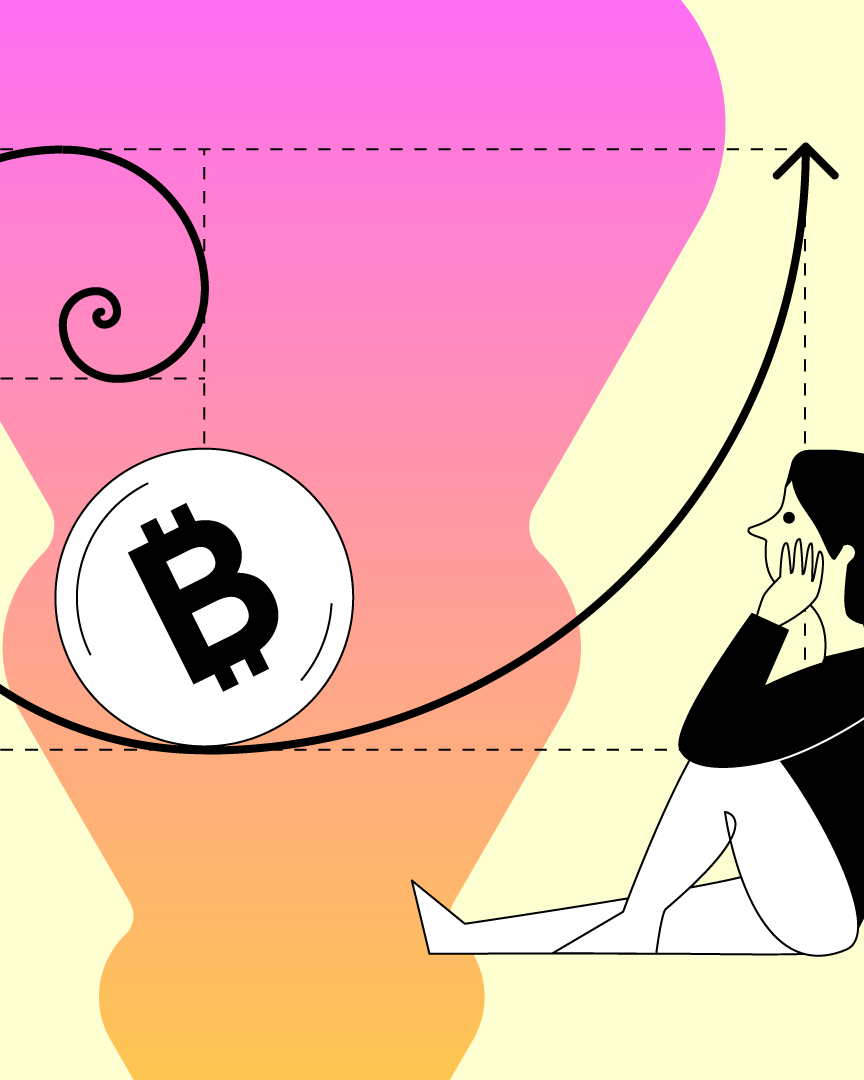3.06 Understanding support and resistance levels
This lesson helps you understand the support and resistance levels and explains how to find them in the market.

You may have observed that support and resistance levels are the most frequently used phrases when performing technical analysis in trading. Understanding and identifying the levels of support and resistance is one of the crucial aspects while performing technical analysis.
Imagine a ball bouncing inside your house. It isn’t hard to tell that there are two barriers (ceiling and floor) that will restrict the movement of the ball. In trading, there are similar barriers that limit the price movements of assets which are known as “support and resistance levels”.
This lesson helps you understand the support and resistance levels and explains how to find them in the market.
Contents
- What are support and resistance levels?
- How to find support and resistance levels in the market?
What are support and resistance levels?
Support is a price level of an asset, where a downtrend is expected to pause. The support level appears due to the concentration of demand or buying interest.
The support level is below the current price of the instrument and usually, at this level the price finds support. This means that the price is more likely to rebound than to break. When the price of a crypto asset drops, demand for that asset increases which forms a support zone. The support level represents the “ground” in the case of a bouncing ball inside the house.
On the other hand, the resistance level appears due to the increased selling interest when the asset is in an uptrend.
The resistance level is above the current price of the instrument and plays a similar role as the ceiling for the rising price. When the price of an asset increases, the selling interest increases in the investors to make profits. When there is a concentration of selling, it forms a resistance level and the price is likely to decrease. A resistance level becomes a resistance zone when more than one resistance level occurs at roughly the same price.
Wondering what happens if the price of an asset breaks the support or resistance level? These barriers eventually break.
When the support or resistance level breaks, usually the price moves to the next support or resistance level. Additionally, the broken resistance level becomes new support, while the broken support level becomes new resistance. This is known as the “polarity reversal principle”.
Support and resistance levels are key tools in technical analysis because they provide opportunities to make transactions while trading. For example, a support level serves you as an entry point to the market, and a resistance level acts as an exit point.
How to find support and resistance in the market?
There are many methods and tools that will help you identify support and resistance levels. Let’s take a look at some of them.
- Previous highs and lows
- Candlestick formations
- Moving averages
- Trend lines
- Fibonacci retracement levels
Some of the methods will be covered in the next lessons while some methods like Candlestick formations and Fibonacci retracements were already discussed in the previous ones. Let's focus on a few examples from the above list, and understand how to find support and resistance levels by looking at the charts below.
The first chart shows the market where the trendline has been drawn. The trend line acts as a support and prevents the market from breaking it.

The chart given below shows the use of a simple moving average (SMA) in another crypto market. As you can see, the SMA behaves like a resistance level and when it breaks it starts to act as a support.

The below chart is an example of the LSK-PLN pair where the highest high played the role of resistance. The market reached this level, but there were no candles close above it.

Searching for support and resistance requires you to determine the significant levels that make up a trend (or range) and are more important than other price levels. There are a number of guidelines and rules that determine the validity and relevance of a given level as support or resistance. Let’s discuss some of them here.
- Multiple level testing: If a certain price level has been repeatedly “tested” (traded at that price), it may be considered solid material by investors. Investors may be reluctant to place sell orders below the local low as these levels have not been hit in the past.
- Position size: By focusing on the above, if a large trade is opened close to an important price level, it will usually get attention and it will be noted by market participants.
- Transactions executed: The more recent investments you’ve made, the more important it is to analyze the price levels.
- Rounded numbers: This is psychology rather than anything else - traders (and the public at large) tend to memorize rounded numbers.
That was all about the support and resistance levels in the market. By identifying the support and resistance levels, you can get a hold of strong supply and demand areas in the market and make better decisions according to that.
In the next lesson, we are going to learn about trend lines.
FR
This material does not constitute investment advice, nor is it an offer or solicitation to purchase any cryptocurrency assets.
This material is for general informational and educational purposes only and, to that extent, makes no warranty as to, nor should it be construed as such, regarding the reliability, accuracy, completeness or correctness of the materials or opinions contained herein.
Certain statements in this educational material may relate to future expectations that are based on our current views and assumptions and involve uncertainties that could cause actual results, performance or events to differ from those statements.
BB Trade Estonia OU and its representatives and those working directly or indirectly with BB Trade Estonia OU do not accept any liability arising from this article.
Please note that investing in cryptocurrency assets carries risks in addition to the opportunities described above.


















